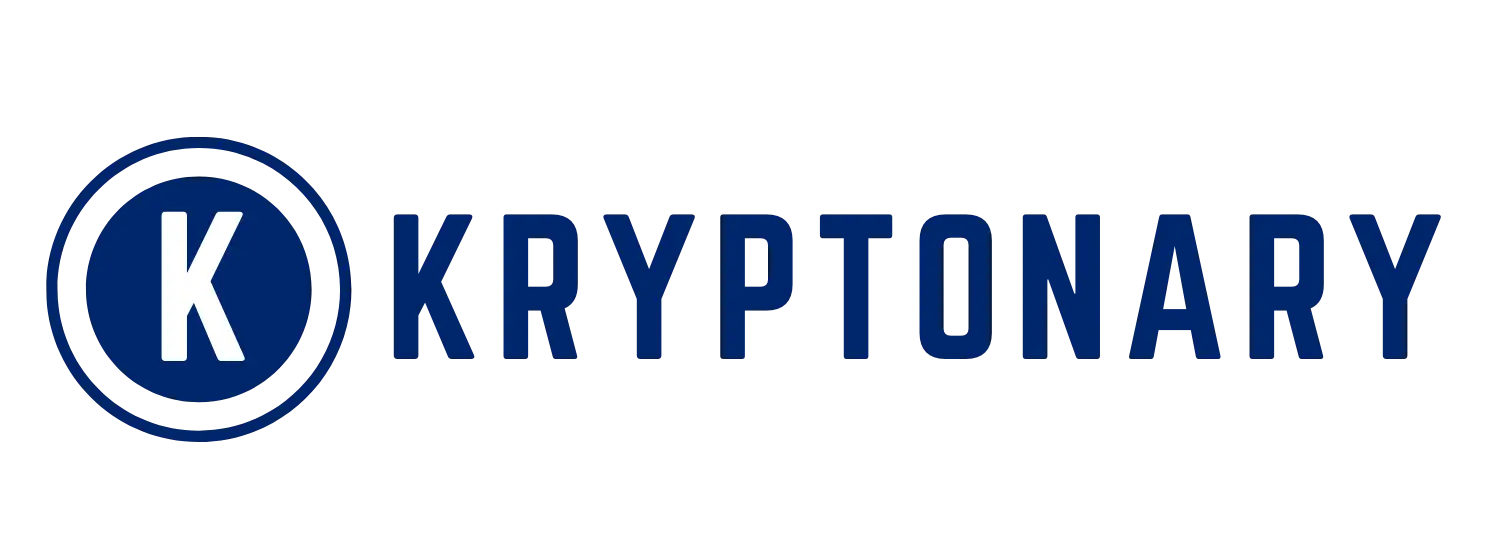YouTube’s Secret AI Enhancements Revealed
The digital world we inhabit is no longer a simple reflection of reality; it is increasingly a curated and modified experience. A recent and unsettling example of this came to light when popular music YouTubers Rick Beato and Rhett Shull noticed that their videos were subtly being altered without their knowledge or consent. Small details, like the texture of a shirt or the wrinkles on a face, were being sharpened or smoothed, giving the content a subtle, AI-generated feel.
While these changes were barely visible without a side-by-side comparison, they were significant enough to cause a feeling of discomfort and a sense of misrepresentation. This quiet manipulation by YouTube has sparked a conversation among creators who feel that their voice and authenticity are being undermined. For creators who have built their brand on a foundation of trust with their audience, the idea that a company is secretly altering their content is deeply concerning.
Eroding the Line Between Reality and Machine
What happens when the line between what is real and what has been altered by AI becomes invisible? The issue extends beyond the frustration of a creator. As more of our reality is pre-processed by artificial intelligence, the very nature of our shared connection with the world is at risk of being eroded. The changes made by YouTube, which the company claims are simply for improving clarity and denoising, are just one example of a much larger trend.
While the modifications are small, they are part of a growing ecosystem where AI acts as a mediator, quietly adjusting and optimizing the content we consume. The question is not whether we can tell the difference, but what happens to our collective understanding of reality when a third party, without our knowledge, is consistently editing the content we create and consume.
YouTube and the Broader Trend of AI
The incident with YouTube is not an isolated event but a clear symptom of a broader trend. Companies are increasingly using AI to mediate and manipulate media before it reaches our eyes and ears. This is a different affair from a modern smartphone using AI to enhance a photograph, because with a smartphone, the user has a choice to turn a feature on or off. In contrast, YouTube’s experiment was conducted without the consent of the people who produced the videos.
The move is indicative of how AI is adding additional, often unnoticed, steps between us and the media we consume. This raises serious questions about who controls the content and what responsibility companies have to disclose when and how they are modifying it. The use of terms like “machine learning” instead of “AI” can feel like an attempt to obscure the nature of the technology and its implications.
Why Consent and Transparency Matter
The core of the issue lies in the concepts of consent and control. When an artist uses a tool like Photoshop, they are in control of the final output. The edits are a deliberate act of creation. With YouTube’s experiment, the edits were an automated, non-consensual process. The creators were not given a choice, which is a key difference. This practice can be seen as a violation of the creator’s artistic and personal integrity.
The company’s action removes a layer of trust and transparency from the creative process, suggesting that the platform, not the creator, has the ultimate say in what the final video looks like. The lack of transparency in this process is particularly problematic, as it undermines the very foundation of trust that digital creators build with their audience.
Read More: Older Adults Reap Brain Benefits from New Tech
Historical Lessons from Photoshop and Filters
While the current situation feels new and alarming, it is not without historical precedent. Thirty years ago, there were similar concerns about how Photoshop would wreak havoc on society, particularly in the world of photography and journalism. In the decades that followed, we saw handwringing over the use of airbrushing in magazines and beauty filters on social media.
While those technologies raised important questions about authenticity and body image, they were often tools used by the creator themselves. AI takes this trend and puts it on steroids, automating the process and making it scalable across millions of videos. It removes the human hand from the editing process and replaces it with an algorithm that operates without the creator’s knowledge.
Trust, Authenticity, and the Digital Watermark
In an era where people are already deeply distrustful of online content, the use of AI to secretly edit videos risks blurring the lines of what can be considered trustworthy. When content creators themselves are unaware that their work is being modified, how can their audience be expected to know? This practice has the potential to slowly erode the trust that creators have built with their communities over years.
It suggests that nothing online can be taken at face value. The digital watermarks and content credentials that some tech companies are beginning to implement may offer a partial solution by identifying AI-edited content. However, the YouTube incident highlights a fundamental problem: the lack of transparency about how and when AI is being used.
Navigating the Future of Digital Media
The YouTube incident is a call to action for the digital media industry. It highlights the need for clear guidelines and ethical standards for the use of AI. Companies must be transparent about when they are using artificial intelligence to alter content and give users a choice to opt in or out. The discussion should not be about whether AI can make a video “better,” but about the deeper implications of a world where our shared reality is quietly being manipulated.
As Samuel Wooley, a disinformation studies expert, says, “What happens if people know that companies are editing content from the top down, without even telling the content creators themselves?” The future of digital media depends on our ability to answer this question and to demand transparency and consent from the platforms we use every day.















